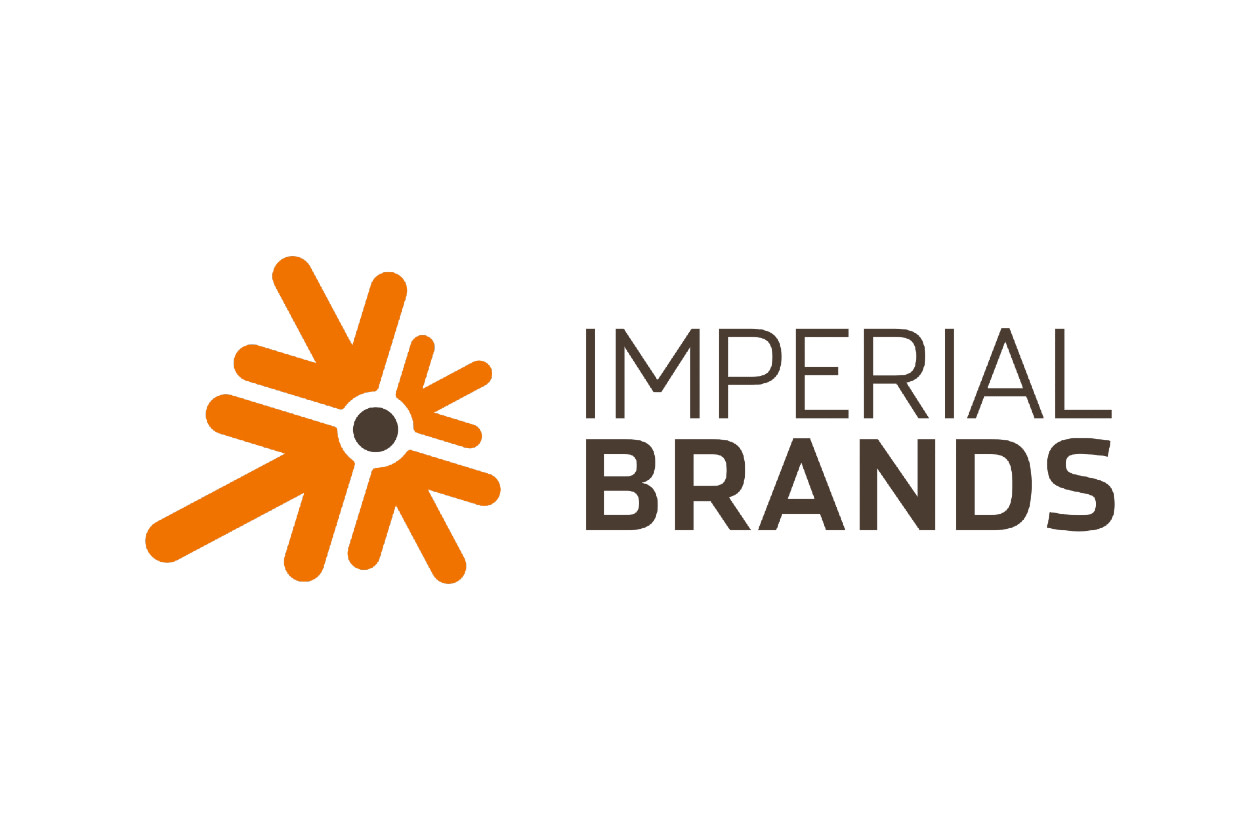Imperial Brands expects to report underlying revenue growth in the low-single digits for the financial year just ended. Underlying operating profits have increased at a similar pace to the 4.6% seen last year.
Strong tobacco pricing has more than offset volume declines, which have eased in most regions. Revenue growth from Next Generation Products was around 13%.
Imperial announced a £1.45 billion buyback to complete by the end of October 2026.
The shares rose 3.3% in early trading.
Our view
Imperial Brands’ confirmation that it will meet this year’s guidance has provided investors some further reassurance, with sentiment having already largely recovered from the disappointing results released in May.
The focus on tobacco markets, where it sees the scope to grab market share, is generally paying off although there are still some key markets where it’s losing ground. Volume pressures have also been easing in some of these markets. The nature of selling an addictive product means Imperial's been able to put through big price increases supported by targeted brand investments. With profits growing ahead of revenues, the company appears to be getting a good return on its marketing dollars.
Tobacco companies need to move with the times. Regulatory pressure and changing consumer preferences towards healthier lifestyles means we think there will be further challenges ahead.
That's why the entire industry's jostling for position in the up-and-coming Next Generation Products (NGPs) market, including products like heated tobacco and vapes. It's not been an easy start for Imperial, and while a more focused approach to the NGP portfolio is starting to bear fruit, these products are still a relatively small part of the picture and are yet to turn a profit.
It's too early to say if they can be a viable replacement for the shrinking tobacco business. First, we will need to see several years of high double-digit growth and demonstrable evidence of sustainable profit margins. Another risk to the success of NGPs is the increasing attention they are receiving from regulators.
Cash generation has impressed consistently. That’s supporting generous distributions to shareholders and investment in new products while keeping net debt towards the bottom of Imperial’s target range of 2.0-2.5 times underlying cash profit (EBITDA).
We think shareholder distributions are an attractive part of the investment case, but we’re not alone. Improving investor sentiment has driven up the valuation, meaning the prospective dividend yield of 5.7% isn’t quite as high as it once was. While no shareholder payouts can be guaranteed, buybacks also remain part of the picture. But the higher valuation means the benefits to shareholders won’t be as pronounced.
That increases pressure on the company to deliver sustainable profit growth. For sentiment to keep strengthening the company needs to convince investors it can step things up a gear. There’s been some hints that efficiency will be a key part of incoming CEO Lukas Paravicini’s master plan. But until more clarity is given on his plans to navigate this challenging industry, we see limited scope for upside.
Environmental, social and governance (ESG) risk
The food and beverage industry tends to be medium-risk in terms of ESG though some segments like agriculture, tobacco and spirits fall into the high-risk category. Product governance is a key risk industry wide especially in areas with strict quality and safety requirements. Labour relations and supply chain management are also industry-wide risks, with other issues varying by sub-sector.
Imperial Brands’ overall management of ESG issues is strong according to data by Sustainalytics, but we have some concerns. The company has stressed its commitment to offer smokers a choice of potentially less harmful products. However, in 2023 next-gen products made up just over 3% of net revenue. The company is also involved in moderate controversies related to business ethics (including child labour and employee exploitation in the supply chain), marketing practices, and the social impact of its products.
IMB key facts
All ratios are sourced from LSEG Datastream, based on previous day’s closing values. Please remember yields are variable and not a reliable indicator of future income. Keep in mind key figures shouldn’t be looked at on their own – it’s important to understand the big picture.
This article is original Hargreaves Lansdown content, published by Hargreaves Lansdown. It was correct as at the date of publication, and our views may have changed since then. Unless otherwise stated estimates, including prospective yields, are a consensus of analyst forecasts provided by LSEG. These estimates are not a reliable indicator of future performance. Yields are variable and not guaranteed. Investments rise and fall in value so investors could make a loss.
This article is not advice or a recommendation to buy, sell or hold any investment. No view is given on the present or future value or price of any investment, and investors should form their own view on any proposed investment.


